Dong Son Culture forms part of VN’s ancient culture
VGP - Eleven ancient items dating back to the Dong Son civilization (2,000-2,500 years ago), including a bronze drum placed at the Hung King temple in the northern province of Phu Tho, were on the list of 77 national treasures.
The Dong Son was a prehistoric Bronze Age culture in Viet Nam which was centered in the Red River Basin in the north. Its influence has also been found in other parts of Southeast Asia, including the Indo-Malayan Archipelago, from about 1,000 BC to 1 BC. It is most well-known and prized antique is the Dong Son bronze drum.
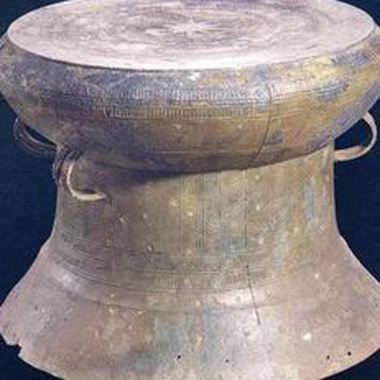 |
The Ngoc Lu drum is regarded as the most important and prominent of the Dong Son culture of the Bronze Age. The drum was accidentally discovered in 1893 in Ha Nam Province, southeast of Ha Noi. In contrast to most other drums of the Dong Son, the tympanum bears three concentric panels, which depict animals or humans, interleaved with bands of geometric or circular patterns.
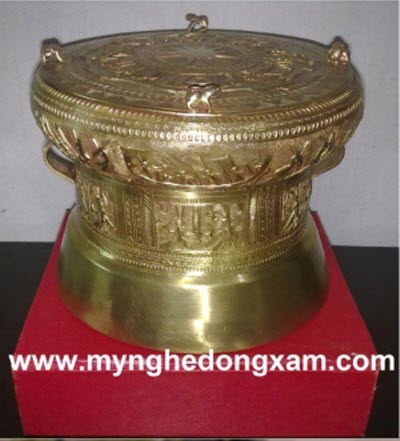 |
The drum is a notable specimen of the Dong Son culture of the Bronze Age which was discovered in Ha Son Binh Province in 1937 near the village of Hoang Ha. It is 79 cm in diameter and 61.5 cm in height. The design of Hoang Ha drum is similar to Ngoc Lu drum.
 |
Dao Thinh bronze jar dated back to 2.500 years ago. It is the largest ever known jar in Viet Nam, using an enormous amount of bronze of up to 760 kg. This jar is a typical object in domestic utensils, with mainly functioning as food container. The jar is a unique ancient art object bearing decorative carvings carrying a message of the material life and sexual reproduction conception of the Dong Son people in the past.
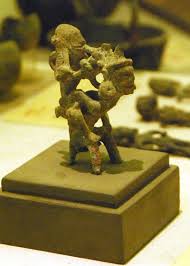 |
The statue is in the line of round sculptures, considered as the most vivid one among the discovered objects. It represents a dancer who is dancing, holding back a panpipe-playing musician in a festival night. Both musicians and dancers form a unified and harmonious entity. The statue is evaluated as the most vivid expression of the performing art.
 |
The lamp, discovered in 1935 at a tomb in Lach Truong, Thanh Hoa Province, carries the aura of mystery as the smile of the man on the lamp itself.
 |
Hung Temple's bronze drum, or Hy Cuong Bronze drum, was found in 1990 in Co Tich Village, 500 meters from Hung Mountain. This is the largest bronze drum in Viet Nam and in Southeast Asia with 93 cm in diameter and 70 cm in height.
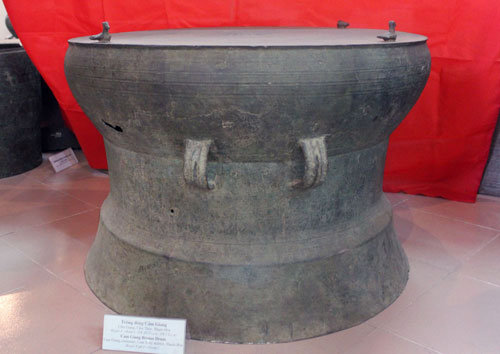 |
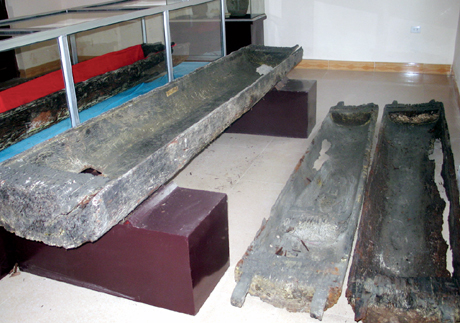 |
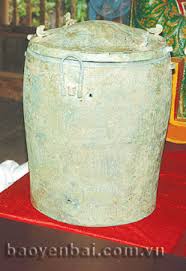 |
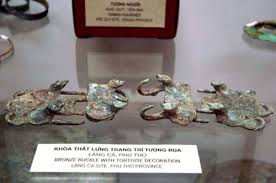 |
The set, one of the remarkable exhibits of Dong Son culture, was found in the Lang Ca archeological site in Viet Tri City, Phu Tho Province. Found with bronze arrows, axes, bronze lances, jars, drums and bronze statues, the set, carved with eight tortoises, is the symbol of king and mandarins.
 |
By Thuy Dung
